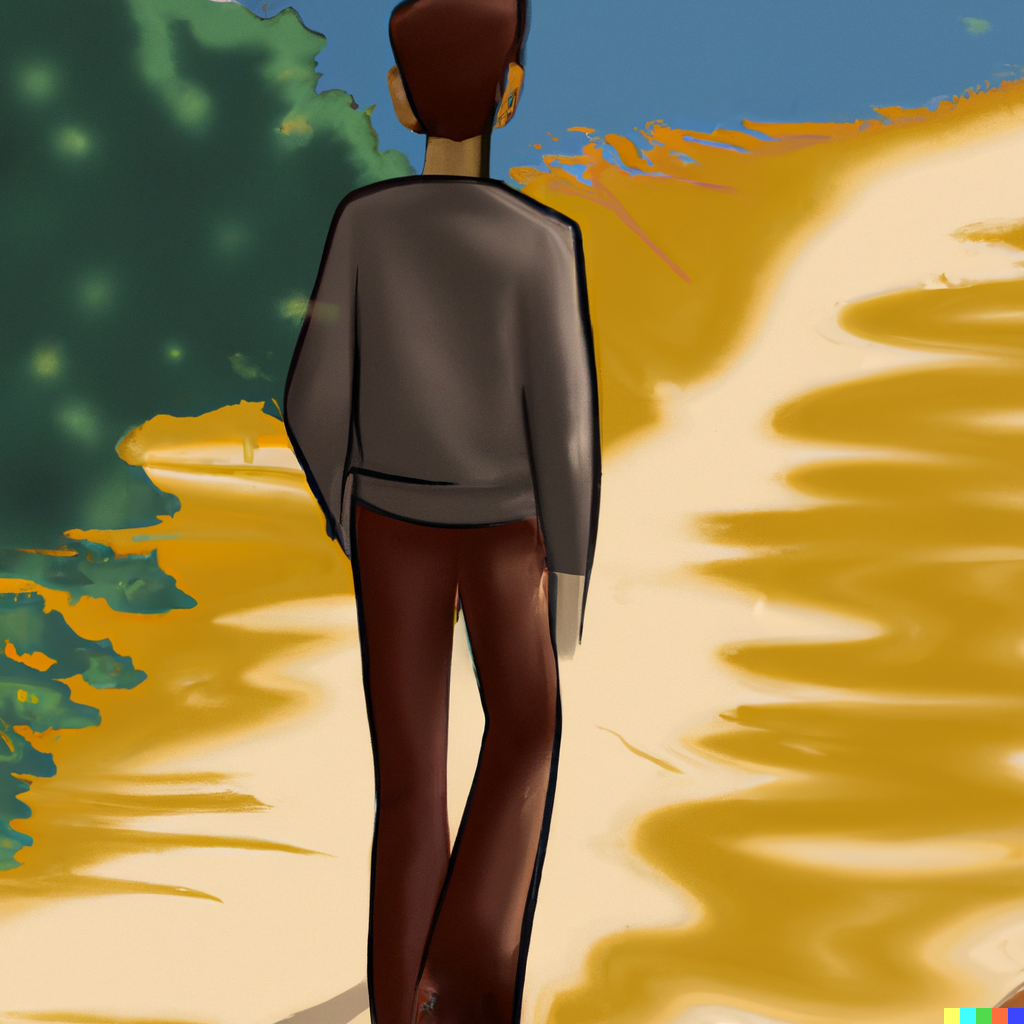This my solution for day 9 of AoC. Day 6 and 8 will be posted shortly, I have not forgotten about them, yet.
from collections import deque
def get_adjacent_points(height_map, i, j):
points = []
locations = []
if i - 1 >= 0:
points.append(height_map[i - 1][j])
locations.append((i - 1, j))
if i + 1 < len(height_map):
points.append(height_map[i + 1][j])
locations.append((i + 1, j))
if j - 1 >= 0:
points.append(height_map[i][j - 1])
locations.append((i, j - 1))
if j + 1 < len(height_map[i]):
points.append(height_map[i][j + 1])
locations.append((i, j + 1))
return points, locations
if __name__ == "__main__":
with open("input.txt", "r") as f:
height_map = f.read().split("\n")
height_map = [list(map(int, list(h))) for h in height_map]
low_points = []
low_point_locations = []
for i in range(len(height_map)):
for j in range(len(height_map[i])):
current_point = height_map[i][j]
points, _ = get_adjacent_points(height_map, i, j)
points.append(current_point)
if min(points) == current_point and points.count(
current_point) == 1:
low_points.append(current_point)
low_point_locations.append((i, j))
basins = []
for low_point in low_point_locations:
basin_points = deque([low_point])
basin_size = 0
explored_points = set()
while len(basin_points) != 0:
i, j = basin_points.pop()
if (i, j) in explored_points:
continue
explored_points.add((i, j))
if height_map[i][j] != 9:
basin_size += 1
_, locations = get_adjacent_points(height_map, i, j)
if locations:
basin_points.extend(locations)
basins.append(basin_size)
basins = sorted(basins, reverse=True)
print(f"Result for Part 1: {sum(low_points) + len(low_points)}")
print(f"Result for Part 2: {basins[0] * basins[1] * basins[2]}")
The second part for this solution didn't take too much time as it was very similar to an interview question I got at FANG.
You start from a low point and expand out to cover all the points till you reach a 9. It works the same way the bucket tool works on MS Paint. The bucket tool tries to fill a white canvas with your selected color for a given boundary. For this challenge you are trying to find the basin for a given low point.
The algorithm is called flood fill. There's two ways to do it:
- A recursive solution that uses a stack
- In a loop with a queue
I opted for the latter because I had issues getting this running recursively with large input sizes before.
